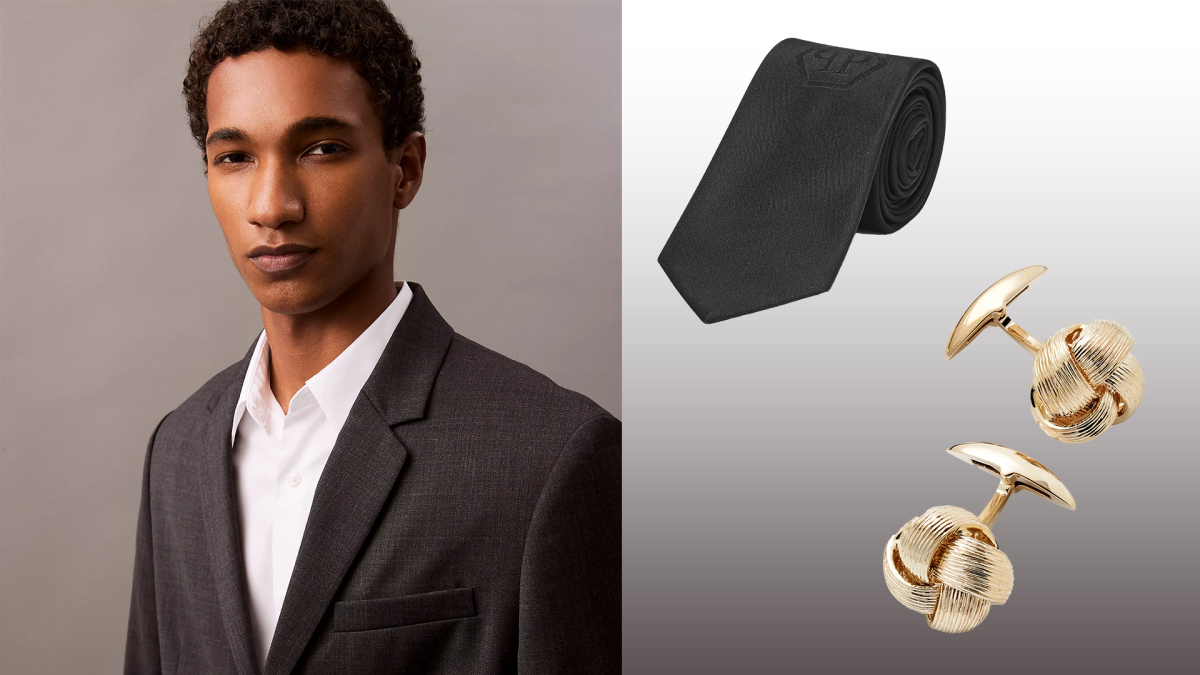Business Formal In today’s professional environment, how we present ourselves plays a crucial role in shaping perceptions and making lasting impressions. The term “business formal” refers to a specific style of dress typically required in corporate and professional settings. Whether heading to a job interview, a business meeting, or an important presentation, dressing in formal business attire is often seen as a sign of Professionalism, respect, and authority. This article will explore business formal attire, why it matters, and how to master the look to ensure you always put your best foot forward.
What is a Business Formal?
Business formal is a strict dress code typically expected in certain corporate settings, formal events, and high-level business meetings. It represents the highest standard of professional attire and is often required in industries such as finance, law, consulting, and banking. The dress code is conservative and aims to convey Professionalism, respect, and an understanding of workplace hierarchy.
Business Formal for Men
For men, business formal attire typically includes:
- Suit: A well-tailored suit in neutral colors like navy, black, or charcoal gray is the cornerstone of business formal attire. The suit should fit well—neither tight nor loose—ensuring a sharp, polished look.
- Dress Shirt: A crisp, long-sleeve dress shirt in a light color, such as white or pale blue, is typically worn. The shirt should be ironed and free of wrinkles to maintain a neat appearance.
- Tie: A silk tie is often required in formal business settings. The tie should be conservative in pattern—think solid colors or subtle patterns like stripes or dots. Avoid bold, flashy designs, which can detract from a professional appearance.
- Dress Shoes: Leather, polished dress shoes in black or brown are the ideal choice for business formal attire. Please make sure they are well-maintained and free of scuffs or dirt.
- Accessories: A conservative wristwatch and belt that matches the shoes are acceptable. Avoid excessive jewelry or accessories, as they detract from the formal look.
Business Formal for Women
For women, formal business attire can be slightly more varied but still adheres to the general principles of Professionalism and conservatism. Key components of formal business dress for women include:
- Suit: A tailored suit, whether a pantsuit or skirt suit, is the most common choice for business formal wear. Dark colors such as black, navy, or gray are standard, though lighter shades are acceptable depending on the season.
- Blouse or Shirt: Underneath the suit jacket, women wear a blouse or shirt. This can be a button-down shirt, a silk blouse, or a conservative top in a neutral color. Avoid low-cut or overly casual tops.
- Skirt or Trousers: When choosing between a skirt or trousers, both can work in formal business settings, but skirts should be knee-length or slightly above the knee. Trousers should be tailored and not too tight or loose.
- Footwear: Closed-toe shoes, such as pumps or flats, are the most appropriate. Heel height should be moderate—nothing too high or flashy. Shoes should always be clean and polished.
- Accessories: Keep accessories subtle and elegant. A simple necklace, watch, or pair of earrings is sufficient, but avoid wearing large, distracting jewelry or anything too casual, like large statement necklaces.
Why Business Formal Matters
For a good reason, business formal attire has remained a staple in many industries. It is a form of visual communication that conveys ProfeProfessionalismiousness and respect for the workplace culture. Here are a few reasons why formal business attire is so important:
1. First Impressions Count
In any professional setting, first impressions matter. Research shows that people form judgments about others within the first few seconds of meeting them, and what you wear plays a significant role in that. Adhering to the business formal dress code instantly conveys a sense of competence, reliability, and attention to detail.
2. Promotes ConfiConfidence
When you dress in a manner that aligns withConfidencetations of your workplace, you are likely to feel more confident. Formal attire can help you project authority, making you appear more self-assured. Confidence is key in any professional setting, and dressing the part is one way to boost it.
3. Establishes ProfessionaliProfessionalism
Adhering to a formal business dress code shows that you take your work seriously and understand the importance of ProfessionaliProfessionalismsenting in a meeting, leading a conference call, or meeting a client, and dressing business formally tells others you respect the work environment and those around you.
4. Shows Respect for Company Culture
Every company has its dress code and culture, and dressing appropriately demonstrates respect for those boundaries. Formal business attire is typically expected in more conservative fields like law or finance, and disregarding these expectations may give off the wrong impression. Understanding and following the dress code shows your commitment to aligning with the organization’s values.
5. Helps You Stand Out
In competitive industries, making a strong, positive impression is essential. Formal attire helps you stand out as someone who takes the job seriously and presents themselves well. Whether interviewing for a position or seeking to build credibility with clients, looking sharp can make a difference.
How to Master Business Formal
Now that we’ve explored the components of business formal attire and why it matters, let’s discuss some tips to ensure you always nail the look.
1. Fit is Everything
One of the most important aspects of business formal attire is fit. Clothing that is too tight or too loose can undermine your polished look. It’s important to tailor your clothes to fit you perfectly. A well-fitting suit, for example, will highlight your frame and ensure you look professional and confident.
2. Keep It Simple
When it comes to business formal, less is often more. Stick to neutral colors like black, gray, navy, and white for a timeless, classic look. Avoid overly bright colors or flashy patterns that could distract from the overall professional appearance. Instead, focus on high-quality fabrics, precise tailoring, and minimalistic accessories.
3. Maintain Your Clothing
Business formal attire requires a bit of maintenance. Ensure your clothes are clean, pressed, and free of lint or pet hair. A wrinkled suit or scuffed shoes can detract from an otherwise professional appearance. Take the time to care for your garments, whether dry cleaning your suit or polishing your shoes before an important event.
4. Pay Attention to Grooming
Grooming is an often overlooked aspect of formal business attire. Ensure your hair is neatly styled, your nails are clean and trimmed, and your facial hair is well-groomed (if applicable). A professional appearance goes beyond your clothing and extends to your overall grooming.
5. Know When to Dress Business Formal
Understanding when to wear formal business attire is crucial. While business formals are appropriate for high-level meetings, interviews, or formal business events, not every company expects you weathermit daily. Many workplaces have adopted business casual dress codes, so be sure to gauge the atmosphere of your organization and adjust accordingly.
Conclusion
In the professional world, your dress communicates much about who you are and how seriously you take Your career. For a, good reason,n business, formal attire remains a staple in many industries, it conveys Professionalism, Professional culture, and a commitment to excellence. By mastering the formal dress code of a business, you can project confidence while establishing yourself as a confident person who understands the nuances of corporate etiquette. Whether in a formal meeting or an important client presentation, dressing business formally will help ensure you leave a positive and lasting impression.



